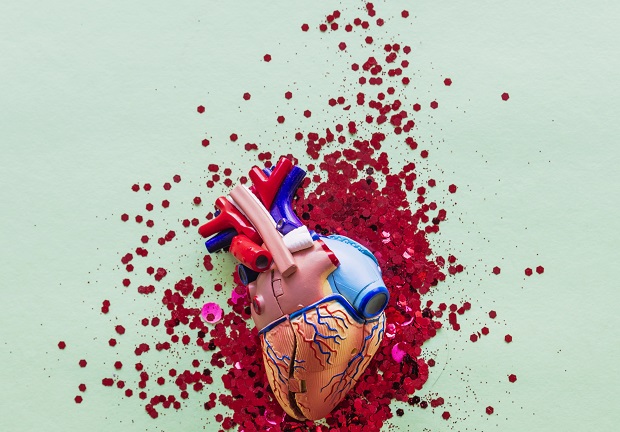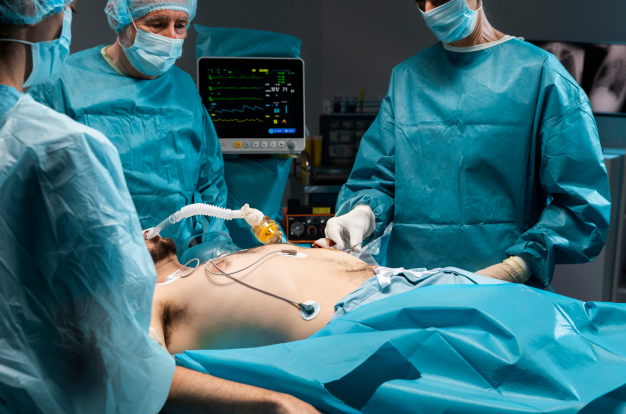
Caritas Heart Institute
Cardiovascular Exercise: A Key to a Healthy Heart
December 2023

Stroke, often referred to as a "brain attack," is a medical emergency that can strike suddenly and without warning. It is a leading cause of death and disability worldwide, yet many people lack a clear understanding of what a stroke is, how to recognize its warning signs, and how to prevent it. In this article, we will delve into the world of strokes, exploring what they are, their types, risk factors, prevention, and the importance of acting swiftly when one occurs.
What is a Stroke?
A stroke occurs when there is a disruption in the blood supply to the brain, leading to damage of brain cells due to a lack of oxygen and nutrients. This can happen in two primary ways:
Risk Factors for Stroke
While a stroke can happen to anyone, there are several risk factors that increase the likelihood of experiencing one:
Recognizing the Warning Signs
Recognizing the signs of a stroke is crucial because timely treatment can significantly reduce the chances of long-term disability and death. The American Stroke Association has an easy-to-remember acronym, "FAST," to help identify the warning signs:
- Face Drooping: One side of the face droops or feels numb.
- Arm Weakness: One arm becomes weak or numb, and the person is unable to raise both arms evenly.
- Speech Difficulty: Speech is slurred or difficult to understand.
- Time to Call 911: If you observe any of these signs, it's time to call for emergency help.
Preventing Stroke
While some risk factors, such as genetics, cannot be controlled, many others can be managed. To reduce the risk of stroke:
Stroke is a life-threatening medical emergency that can have devastating consequences. Being aware of the risk factors, recognizing the warning signs, and taking steps to prevent stroke is essential. Understanding the "FAST" acronym and acting swiftly can save lives and minimize the long-term effects of this often-preventable condition. By prioritizing a healthy lifestyle and risk factor management, we can reduce the prevalence of stroke and work towards a healthier and safer future.

Caritas Heart Institute
December 2023